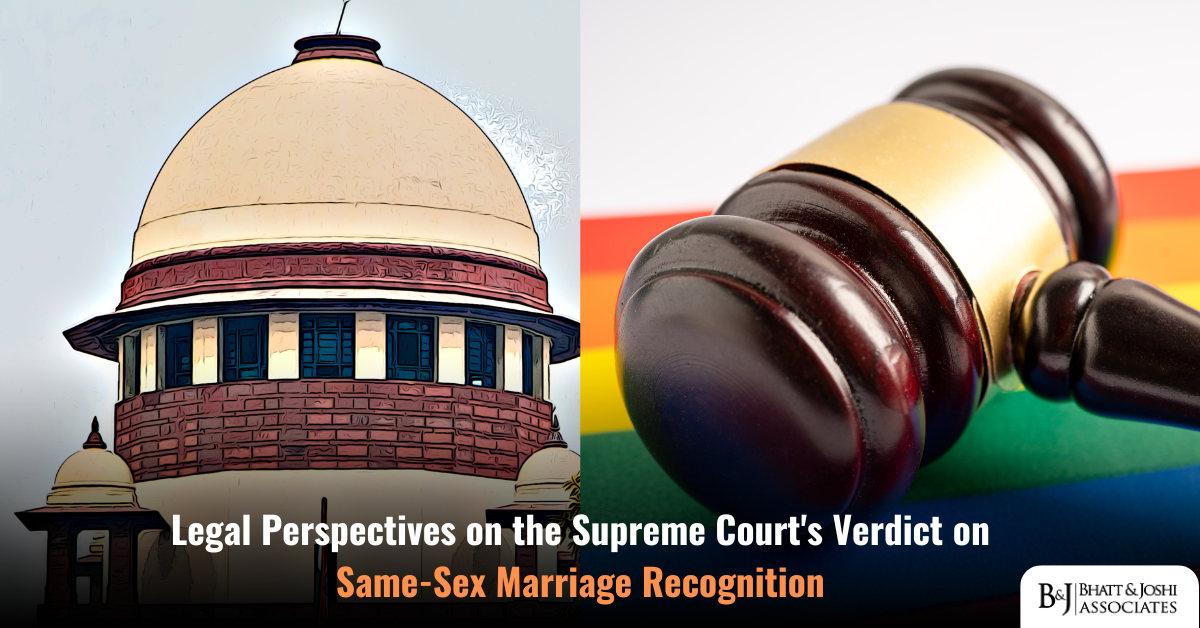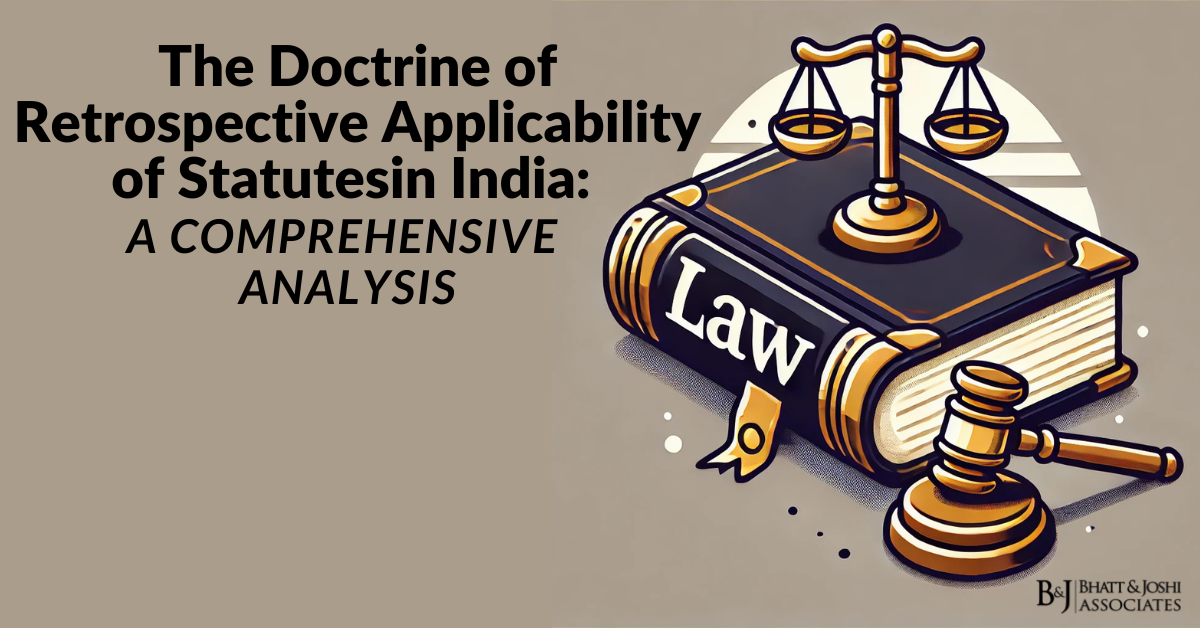Introduction
The question of same-sex marriage recognition has sparked significant legal, societal, and cultural debates across the globe. In jurisdictions where the legal frameworks uphold principles of equality and non-discrimination, courts have frequently been called upon to adjudicate matters related to the rights of LGBTQ+ individuals. The Supreme Court’s verdict on same-sex marriage recognition serves as a pivotal moment in this ongoing discourse, shaping the future of constitutional rights and individual liberties.
Historical Context and Evolution of LGBTQ+ Rights
Understanding the legal significance of the Supreme Court’s decision requires a reflection on the historical struggle for LGBTQ+ rights. Traditionally, legal systems worldwide were steeped in heteronormative constructs that excluded or criminalized same-sex relationships. Laws such as Section 377 of the Indian Penal Code, which penalized “unnatural offences,” remained emblematic of systemic discrimination.
The global momentum for LGBTQ+ rights gained traction in the late 20th century, particularly after landmark decisions like the U.S. Supreme Court’s ruling in Lawrence v. Texas (2003), which decriminalized sodomy. In India, the decriminalization of homosexuality came through Navtej Singh Johar v. Union of India (2018), where the Supreme Court struck down Section 377 as unconstitutional. This watershed moment paved the way for further advocacy for the legal recognition of same-sex relationships, culminating in petitions for marriage equality.
The global progress on LGBTQ+ rights reflects a significant shift in societal attitudes and legal interpretations. In countries like the Netherlands, Canada, and South Africa, the legal recognition of same-sex relationships has been firmly entrenched through progressive legislative and judicial measures. These developments underscore the transformative potential of judicial interventions in expanding the scope of human rights.
The Constitutional Basis for Marriage Equality
Marriage, as a legal institution, is enshrined in various rights protected under constitutions worldwide. These include the right to equality, dignity, liberty, and privacy. Petitioners advocating for same-sex marriage recognition argue that denying LGBTQ+ individuals access to this institution amounts to a violation of these fundamental rights.
In India, Article 14 of the Constitution guarantees equality before the law, while Article 15 prohibits discrimination on the grounds of sex. The interpretation of “sex” has been expanded to include sexual orientation, as established in Navtej Singh Johar. Similarly, Article 21 guarantees the right to life and personal liberty, which the Supreme Court has interpreted to encompass the right to marry a person of one’s choice (Shafin Jahan v. Asokan K.M., 2018).
The petitioners in the same-sex marriage case relied heavily on these constitutional provisions. They contended that the non-recognition of same-sex marriages perpetuates systemic discrimination and denies LGBTQ+ individuals the full spectrum of rights associated with marriage, including inheritance, adoption, and spousal benefits. By framing the issue within the larger ambit of constitutional morality, the petitioners highlighted the inconsistency between the principles enshrined in the Constitution and the exclusionary practices rooted in personal and statutory laws.
Legal Framework Governing Marriage
The legal recognition of marriage in India is governed by personal laws based on religion and codified statutes such as the Special Marriage Act, 1954. These laws traditionally define marriage as a union between a man and a woman. The rigidity of these definitions poses a significant barrier to the recognition of same-sex marriages.
The Special Marriage Act, enacted to provide a secular framework for marriage, was a focal point in the Supreme Court’s deliberations. Petitioners argued for a gender-neutral interpretation of the Act, asserting that its provisions could be extended to same-sex couples without altering its core framework. They contended that such an interpretation would not only be consistent with the principles of equality and non-discrimination but also align with the evolving understanding of family structures in contemporary society.
Opponents, however, raised concerns about the socio-cultural implications of redefining marriage and the potential conflicts with religious personal laws. They argued that altering the traditional concept of marriage could lead to disruptions in the social fabric and create practical challenges in the implementation of legal reforms. The apprehensions surrounding the perceived clash between progressive constitutional values and conservative societal norms were central to the debates.
Judicial Reasoning in the Supreme Court’s Same-Sex Marriage Verdict
The Supreme Court’s verdict on same-sex marriage involved a delicate balancing act between progressive constitutionalism and societal conservatism. The majority opinion acknowledged the evolving understanding of constitutional morality and the judiciary’s role in protecting marginalized communities. It recognized the inherent dignity of LGBTQ+ individuals and their right to equal treatment under the law.
The Court’s judgment emphasized the importance of interpreting constitutional provisions in a manner that reflects contemporary realities and aspirations. It underscored that the principles of equality and non-discrimination are not static but dynamic concepts that must evolve with changing societal norms. The recognition of LGBTQ+ rights as an integral part of the constitutional framework was a significant affirmation of the judiciary’s commitment to upholding individual liberties.
However, the Court also emphasized the need for legislative intervention to address the complexities surrounding marriage equality. It held that redefining marriage fell within the domain of the legislature, not the judiciary. The verdict underscored the importance of democratic processes in addressing deeply contentious social issues, urging Parliament to consider the matter. This approach reflects the judiciary’s understanding of its institutional limitations and its respect for the principle of separation of powers.
Comparative Analysis of International Jurisprudence
The Supreme Court’s decision reflects a broader trend of judicial prudence observed in other jurisdictions. In the United States, the landmark decision in Obergefell v. Hodges (2015) established marriage equality as a constitutional right, with the Court holding that the exclusion of same-sex couples from marriage violated the Fourteenth Amendment’s guarantees of due process and equal protection.
Similarly, the South African Constitutional Court’s ruling in Minister of Home Affairs v. Fourie (2005) mandated the legislature to amend marriage laws to include same-sex couples. These decisions underscore the judiciary’s pivotal role in advancing LGBTQ+ rights while acknowledging the need for legislative alignment.
In contrast, jurisdictions like Japan and certain Middle Eastern countries have witnessed limited progress in the recognition of same-sex relationships. The cultural and religious sensitivities prevalent in these societies often influence the pace and scope of legal reforms. The comparative analysis of international jurisprudence highlights the diverse approaches adopted by courts in addressing marriage equality and the interplay between legal, cultural, and political factors.
The Role of Precedents and Case Laws
The Indian Supreme Court’s reliance on precedents was evident in its judgment. The principles established in Navtej Singh Johar and Puttaswamy v. Union of India (2017), which affirmed the right to privacy as intrinsic to individual autonomy, formed the cornerstone of the petitioners’ arguments. The Court’s recognition of “constitutional morality” as a guiding principle further reinforced the need to interpret laws in a manner that upholds the rights of marginalized groups.
Nonetheless, the Court’s cautious approach reflects its awareness of societal resistance and the limitations of judicial intervention in effecting social change. The emphasis on legislative action aligns with the judiciary’s role as an interpreter, not a creator, of law. This approach underscores the importance of building consensus and fostering societal acceptance for transformative legal reforms.
Implications of the Same-Sex Marriage Verdict
The Supreme Court’s verdict has far-reaching implications for the LGBTQ+ community and society at large. While it fell short of granting immediate recognition to same-sex marriages, it marked a significant step forward in legitimizing the aspirations of LGBTQ+ individuals. The judgment’s emphasis on equality, dignity, and non-discrimination serves as a moral compass for future legislative and judicial deliberations.
The ruling also highlights the challenges of achieving marriage equality in a pluralistic society like India, where personal laws intersect with constitutional principles. The need for comprehensive legal reforms that address the rights of LGBTQ+ individuals across various domains, including inheritance, adoption, and employment, remains pressing.
Legislative and Policy Recommendations
In light of the Supreme Court’s verdict, the onus now lies on the legislature to enact reforms that align with constitutional values. A gender-neutral amendment to the Special Marriage Act could provide a secular framework for recognizing same-sex marriages. Policymakers must also engage with diverse stakeholders, including LGBTQ+ advocacy groups, religious organizations, and legal experts, to build consensus and address potential conflicts.
Public awareness campaigns and educational initiatives can play a crucial role in fostering societal acceptance of marriage equality. The judiciary’s role in sensitizing lower courts and administrative authorities to the rights of LGBTQ+ individuals is equally important. These efforts must be complemented by institutional mechanisms that address discrimination and promote inclusivity in various spheres of public and private life.
Conclusion: The Path Forward for Same-Sex Marriage Recognition
The Supreme Court’s verdict on same-sex marriage recognition is a testament to the evolving nature of constitutional jurisprudence and the enduring struggle for equality. While the judgment reflects judicial restraint, it also lays the groundwork for progressive legislative action. The journey towards marriage equality is far from over, but the verdict serves as a beacon of hope for the LGBTQ+ community, reaffirming their place within the constitutional framework.
Ultimately, the recognition of same-sex marriages is not merely a legal issue but a profound affirmation of human dignity and the right to love and be loved. As societies continue to grapple with these questions, the principles of equality, liberty, and justice must remain at the forefront of the legal and social discourse. The collective commitment of the judiciary, legislature, and civil society will be instrumental in shaping a future where marriage equality is no longer a distant aspiration but a lived reality for all.














